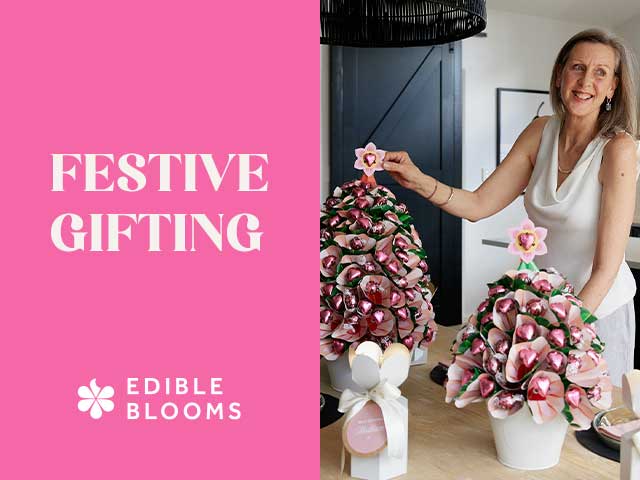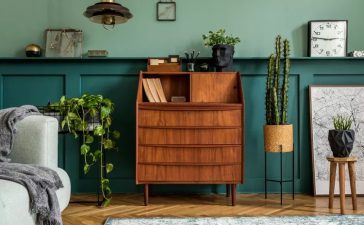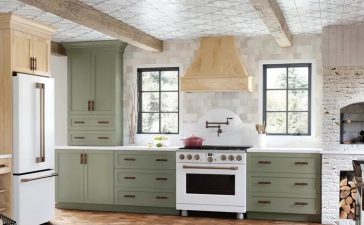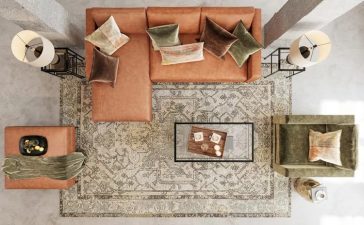Discover Your Interior Design Style: A Guide to 10 Popular Home Design Styles
Our homes are an extension of our personalities and should mirror our interests, aspirations, and tastes. Yet, translating our personal style into home design can be a daunting task. While you might confidently choose an outfit, selecting the right sofa to complement a coffee table or deciding on a color palette for the living room can leave many of us feeling uncertain. Developing expertise and comfort in home design often hinges on recognizing what appeals to you—and understanding the terminology associated with various interior design styles is a valuable step in this process. Having a vocabulary to describe different design styles can greatly assist you when shopping for furnishings and decorating your living spaces.
With that in mind, we’ve curated a guide to 10 popular interior design styles, empowering you to better identify which ones align with your preferences and are the perfect match for your home.
Traditional:
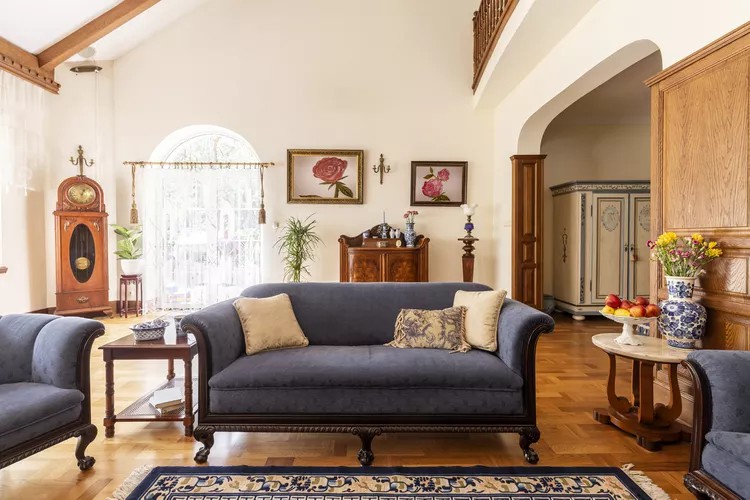
Traditional interior design exudes a classic and timeless ambiance. Rooted in 18th- and 19th-century British and French styles, it features ornate dark wood furnishings, curved details, and elegant upholstery and window treatments. While it can appear formal, traditional design readily accommodates modern elements, creating a fresh look. This style is particularly well-suited for antique enthusiasts who appreciate blending vintage and contemporary pieces.
Modern:
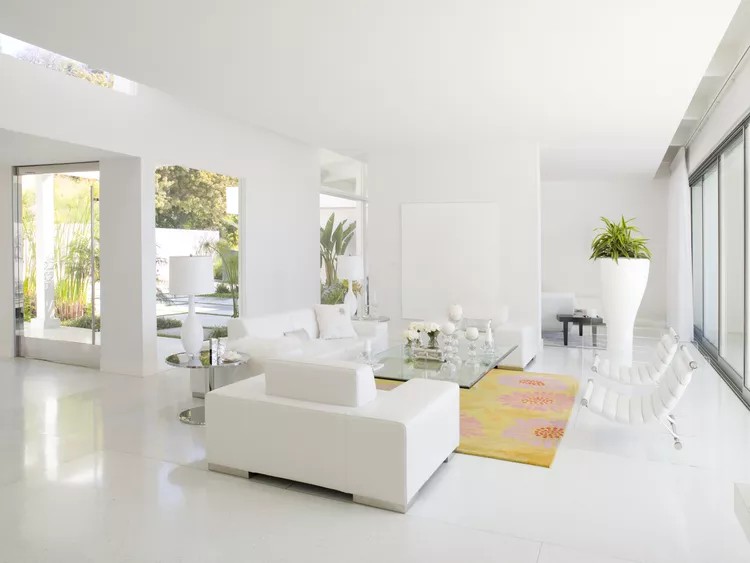
Modern interior design, often confused with contemporary, actually originated in the late 19th to early 20th century and is closely linked to the Bauhaus design movement. It emphasizes clean lines, minimal decoration, simple forms, and neutral color palettes, resulting in uncluttered living spaces. The key is simplicity and functionality.
Transitional:
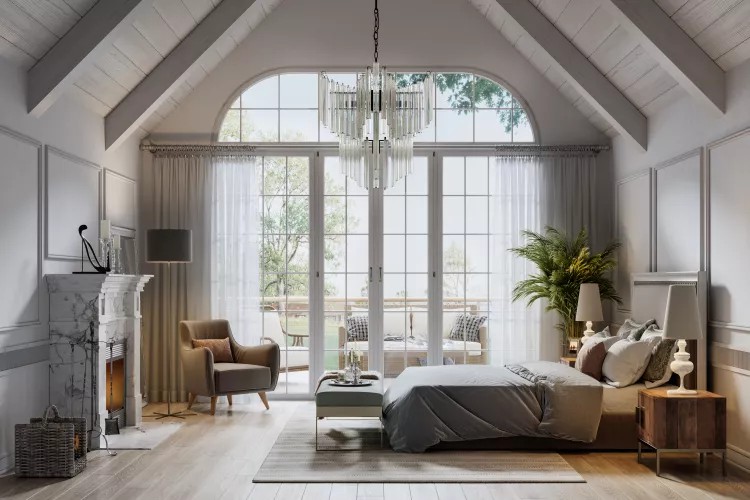
Transitional design strikes a balance between traditional and modern styles. It combines traditional design’s curved accents with the minimalistic and geometric elements of modern design. This fusion creates an elegant yet less ornate atmosphere compared to traditional design, offering a harmonious blend of the two.
Mid-Century Modern:
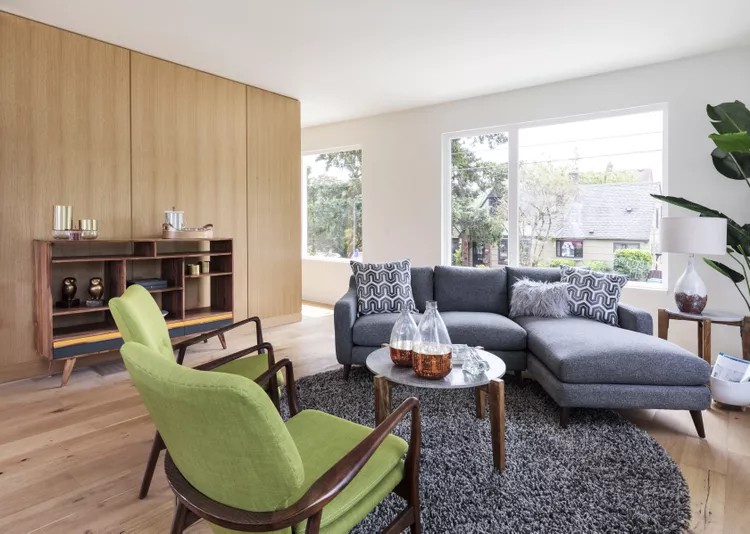
Mid-century modern design, known for its iconic pieces like the Eames lounge chair and Noguchi table, originated in the mid-20th century. It emphasizes clean lines, organic shapes, warm earthy tones, and a connection to nature. This style pairs exceptionally well with houseplants, making it a favorite among plant enthusiasts.
Industrial:
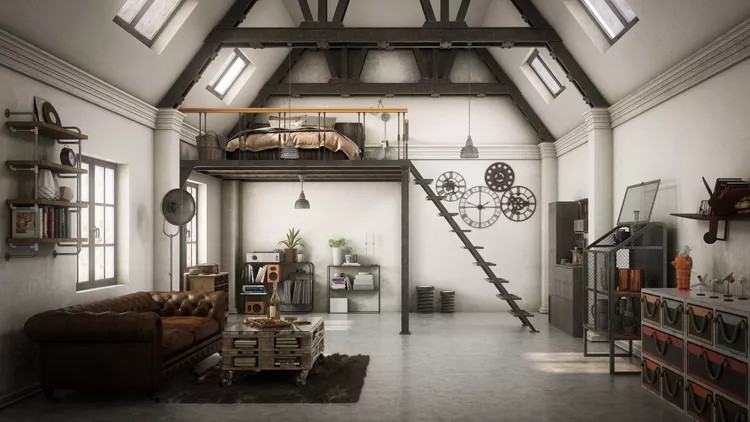
Industrial interior design draws inspiration from elements commonly found in industrial spaces, such as metal, concrete, brick, and pipes. This style often integrates the existing architectural features of a space, making it an excellent fit for environments like loft apartments with exposed brick walls or barndominium homes with visible beams and industrial aesthetics. You might have encountered this style in trendy coffee shops or co-working spaces.
Minimalism:
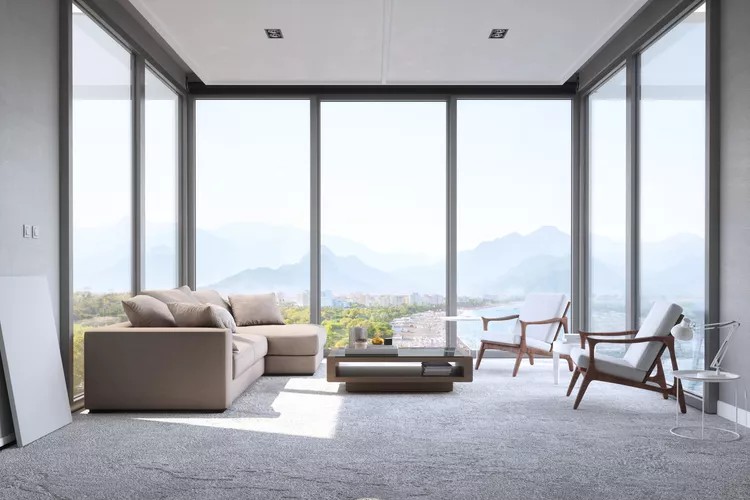
Minimalism, rooted in a post-World War II art movement, emphasizes simplicity and the “less is more” philosophy. It often incorporates clean lines, uncluttered layouts, and a preference for solid colors over patterns. Minimalist interior design can be influenced by Japanese and Scandinavian aesthetics and is characterized by a focus on essential elements while eliminating excess ornamentation.
Art Deco:
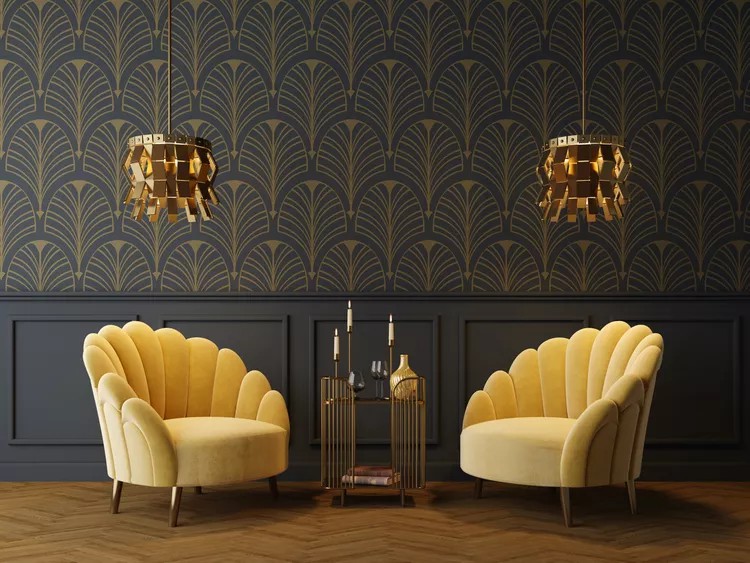
Art Deco, popular in the 1920s to 1940s, showcases opulent and decorative interiors. It features geometric motifs, sumptuous materials like lacquer, mirror, and brass, and bold, moody color palettes. Modern examples of Art Deco design include elements such as velvet upholstered accent chairs, metallic accents, and glamorous statement lighting. This style exudes a sense of luxury and extravagance.
Modern Farmhouse:
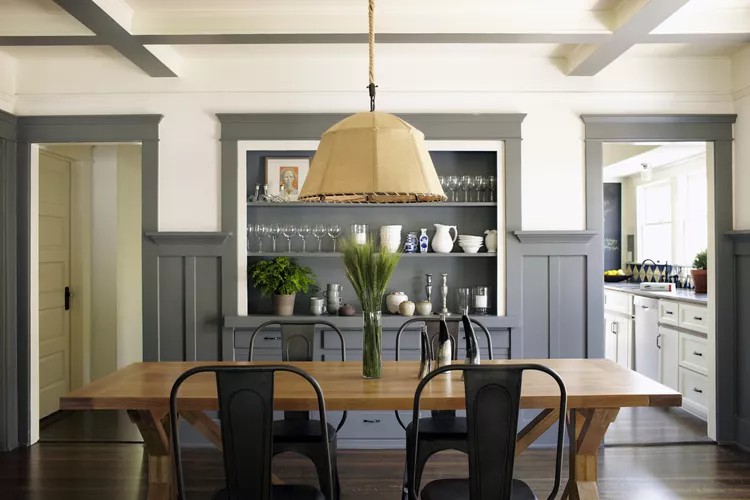
Modern farmhouse interior design, influenced by the likes of Chip and Joanna Gaines, combines the rustic charm of traditional farmhouse style with contemporary elements. It often incorporates black and white accents and sleek, modern design features alongside classic farmhouse elements. This style is characterized by its bright, open layouts and may include reclaimed wood and antique touches, making it ideal for homes with high, exposed-beam ceilings.
Coastal:
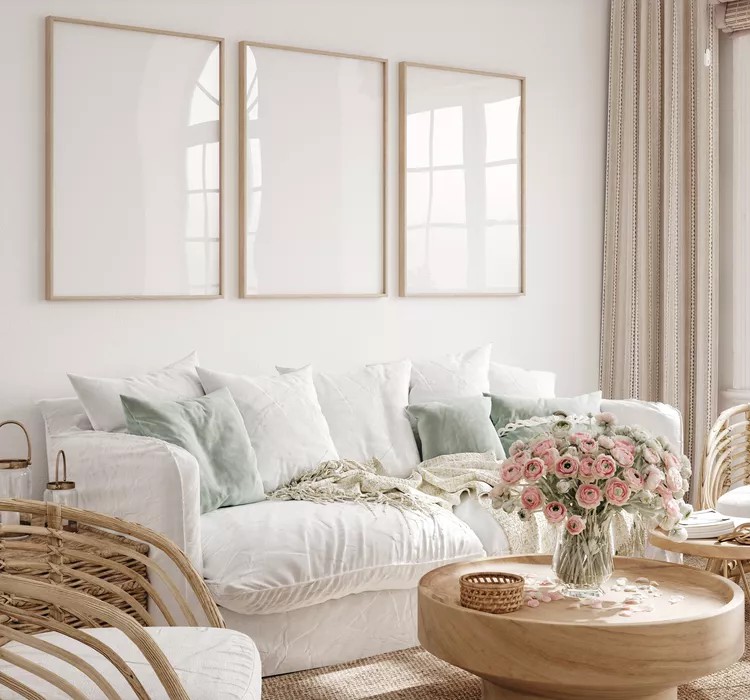
Coastal interior design draws its inspiration from the seaside, featuring color palettes reminiscent of sandy beaches and ocean blues. This style incorporates natural textures, creating a breezy and relaxed atmosphere. Coastal design captures the essence of coastal living, but it’s not limited to literal interpretations like shell motifs and anchor art. Instead, it embraces the overall feeling of seaside living, offering a more abstract and relaxed interpretation.
Eclectic:
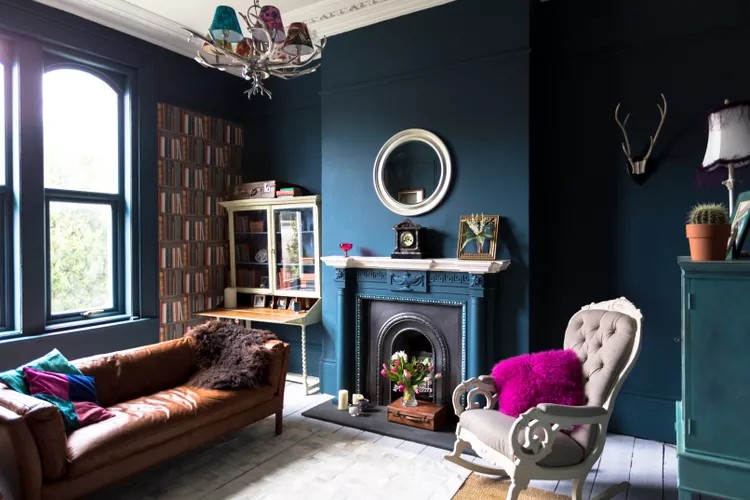
Eclectic interior design is a style that defies categorization, as it encompasses a wide range of design elements and is highly personalized. It allows for a mix of various design styles, reflecting the unique tastes and preferences of the homeowner. Eclectic spaces can be bold, playful, and down-to-earth simultaneously, often featuring decor items that hold personal significance and have been collected over time. This style thrives on diversity, combining elements from different design styles while showcasing individual flair and creativity.
You Might Also Like
Insights and Trends in the Vintage Furniture Market
Buying vintage furniture has become a fashionable trend, and it's a trend that many hope will continue. This practice not...
What’s Hot in Kitchen Design According to MasterBrand
Stephanie Pierce, the director of design and trends at MasterBrand, provided insights into the current trends in cabinetry design as...
Interior Designers’ Rules and Tips for Furniture Arrangement
The living room holds a special place in our homes, serving as a versatile space where we unwind, entertain, and...
If Your Home Smells Off, Look Into These 8 Problem Areas
You know that fresh, citrus-infused aroma that welcomes you when you step into the luxurious lobby of a high-end hotel?...

